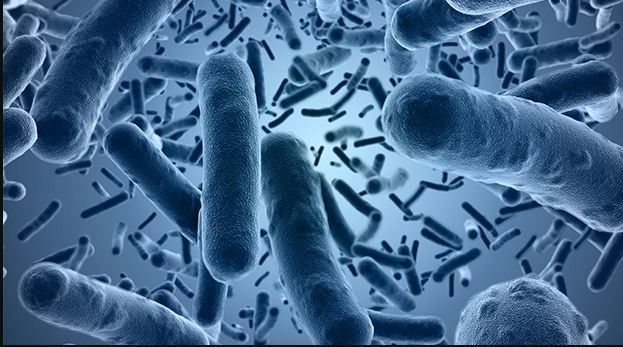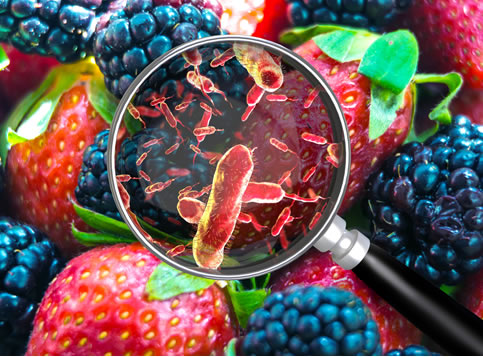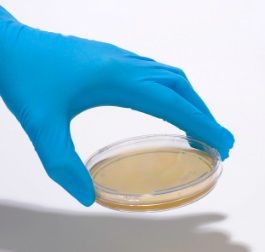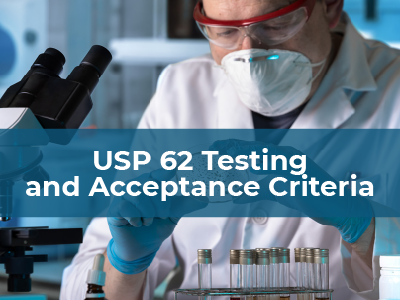






In the world of water quality and safety, monitoring microbial contamination is paramount. One crucial tool in this effort is the Heterotrophic Plate Count (HPC) method. This method is especially valuable when it comes to process water, which is used in various industrial applications, including pharmaceuticals, food production, and more. In this blog, we'll dive into what HPC is, why it matters, and how it plays a vital role in ensuring the quality and safety of process water.
What is Heterotrophic Plate Count (HPC)
Heterotrophic Plate Count, often abbreviated as HPC, is a microbiological testing method used to estimate the total count of aerobic heterotrophic bacteria in water. These are organisms that rely on organic carbon as their energy source. HPC is a broad measure that encompasses a wide range of microorganisms, including bacteria, yeasts, and molds. The test involves plating a sample of water onto a solid growth medium, which provides nutrients for the bacteria to grow and form visible colonies.
Why Measure HPC in Water
How is HPC Measured
The test involves the following steps.
Interpreting HPC Results
Interpreting HPC results can be complex and depends on various factors, including industry-specific regulations and the type of process water being tested. In general, lower HPC counts indicate better water quality and lower microbial contamination. Elevated counts may require further investigation and corrective action.
Heterotrophic Plate Count (HPC) is a valuable tool for assessing the microbial quality of process water in industries where water quality is critical for product quality, safety, and regulatory compliance. Regular monitoring and interpretation of HPC results help ensure that process water meets the necessary quality standards, ultimately safeguarding consumers and the integrity of industrial processes.







Interested in Working with
Sure-BioChem Laboratories
Sure-BioChem Laboratories offers top-notch analytical testing for various industries. Our advanced lab and expert team ensure reliable, quality results. We're committed to excellence, helping clients meet high standards in environmental, food, and pharmaceutical testing.
Headquarters:
1000 Atlantic Avenue
Camden, NJ 08104
PHONE: 888-398-7247
Main Menu